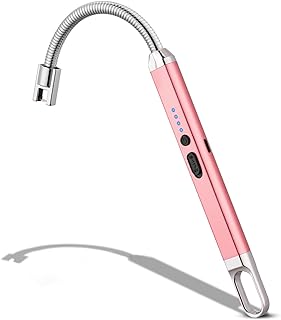1. Check for Fuel
* First and foremost, make sure your lighter has fuel! This seems obvious, but a surprisingly common culprit.
* If it's refillable, check the fuel level. Some lighters have a transparent window to see the fuel.
* If it's a disposable lighter, you may need to get a new one.
2. Clean the Spark Wheel
* The spark wheel (the small wheel you turn to create a spark) can get clogged with debris.
* Use a small, soft-bristled brush or a toothpick to gently remove any dirt, lint, or other obstructions.
* Be careful not to damage the wheel.
3. Clean the Spark Electrode
* The spark electrode (the tiny metal tip where the spark is generated) can also become dirty or corroded.
* Use a slightly damp cloth (not soaked) to clean the electrode gently.
* Avoid using abrasive cleaners or metal tools, as these can damage the electrode.
4. Check the Flint
* If your lighter uses a flint, make sure it's not worn down or broken.
* **A new flint is a cheap and easy fix.
* If you have a flint lighter, you can tap the lighter on a hard surface to advance the flint.
5. Check the Lighter's Mechanism
* In some lighters, the spark wheel or electrode may be slightly out of alignment.
* If you feel comfortable doing so, you can try adjusting these components gently. Be extremely careful, as this can be tricky and damage the lighter if done improperly.
6. Try a New Lighter
* If none of the above steps work, your lighter might be damaged beyond repair.
* In this case, it's best to simply get a new lighter.
Safety Precautions:
* Always work in a well-ventilated area.
* Never attempt to dismantle or repair a lighter if you are not comfortable doing so.
* Keep lighters away from children and flammable materials.
* If you have any doubts about your safety or the repair process, consult a professional.
If your lighter continues to malfunction after trying these troubleshooting steps, it's likely beyond repair. A new lighter may be the best solution.


